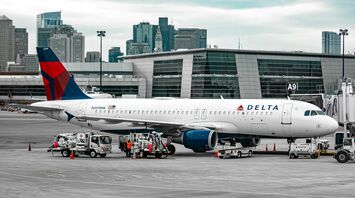The Longest U.S.-Europe Routes: A Look at Distance, Demand, and Connectivity

When it comes to transatlantic flights, some routes between the U.S. and Europe push the boundaries of long-haul travel, combining extreme distances with steady passenger demand. Among the longest are flights originating from the U.S. West Coast, which tend to extend upwards of 5,000 miles. For example, Los Angeles (LAX) to Helsinki (HEL) clocks in at over 5,500 miles, offering a direct link between California’s bustling economy and the Scandinavian region.
Another notably long route is San Francisco (SFO) to Frankfurt (FRA), a transatlantic path that spans over 5,700 miles. This particular route is vital not only for leisure travelers but also for business passengers, given Frankfurt's position as a global financial hub. Despite the long duration, such non-stop flights remain popular due to the convenience of skipping layovers.
From Chicago (ORD) to Rome (FCO), spanning over 4,800 miles, to Newark (EWR) to Athens (ATH) at 4,940 miles, these routes demonstrate how direct links between key U.S. cities and European capitals support a seamless travel experience for both tourists and business travelers. With routes like Dallas (DFW) to Madrid (MAD), which extends over 4,900 miles, airlines continue to balance demand, time, and efficiency by offering non-stop transatlantic options.
What distinguishes these long-haul flights is not only the distance but the airlines’ ability to provide comfort and convenience over such extensive journeys. Routes such as Seattle (SEA) to London Heathrow (LHR) have become strategic for connecting the U.S. tech industry with Europe's financial epicenter.
The expansion of ultra-long-haul routes underscores the growing importance of global connectivity. As airline technology evolves, offering more fuel-efficient aircraft, the feasibility of even longer routes increases, further connecting the farthest reaches of the U.S. to Europe.



















